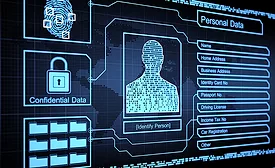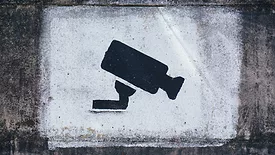Home » Keywords: » privacy
Items Tagged with 'privacy'
ARTICLES
Security Strategy
Bored locks with visual status indicators are more than just a convenience.
Read More
Special Report
Sandra Cavazos — Top Cybersecurity Leaders 2025
Evolution of a Cybersecurity Leader
March 7, 2025
Cyber Tactics
Security’s important place in the broader digital trust ecosystem
Cybersecurity practitioners have a major part to play in this overarching priority of advancing digital trust at their organizations.
September 15, 2023
Cybersecurity Education & Training
Assessing the pros and cons of AI for cybersecurity
August 1, 2023
Sign-up to receive top management & result-driven techniques in the industry.
Join over 20,000+ industry leaders who receive our premium content.
SIGN UP TODAY!Copyright ©2025. All Rights Reserved BNP Media.
Design, CMS, Hosting & Web Development :: ePublishing









.webp?t=1644600889)



.webp?height=168&t=1675691546&width=275)